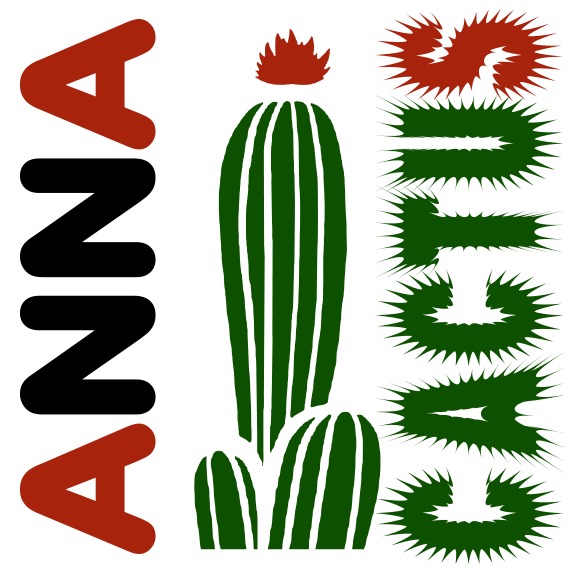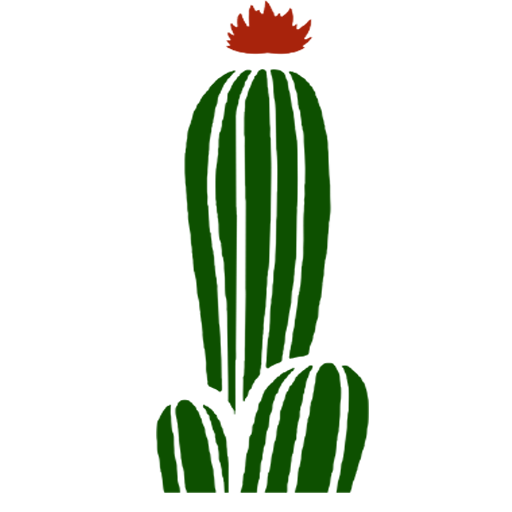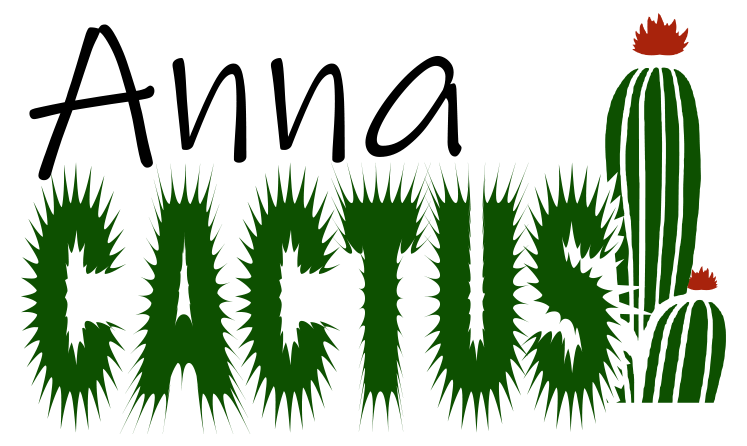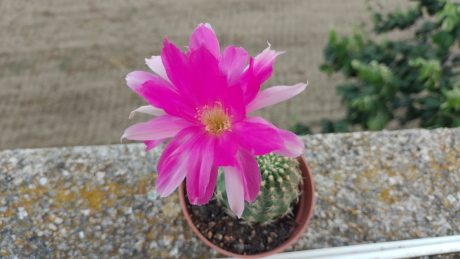Echinopsis backebergii is a small cactus species, commonly known by the scientific synonym Lobivia backebergii and by the common name of carmine cob. It is highly variable and has been given many names (such as most Lobivias) with several controversial varieties and subspecies. It receives this scientific synonym because of the similarity of the flowers of both species.
It grows individually, but also buds abundantly at the base, and older plants can form a mat-like structure. At first, when they are small, they have a globular shape, but over the years they become cylindrical, between four and seven centimeters high. It usually has the body from a pale green to a grayish green. If you look at it, you’ll see that the higher part is slightly sunk.
Now I’m going to talk to you about the ribs, which I think are laid in a rather curious way. It has between thirteen and nineteen and is arranged to form a spiral, toothed and have small oval, slightly woolly and white incisions that are a distance of between one and two centimeters. These incisions are areoles.
It has between three and eleven radial spines, about five millimeters long, are thin, curved backwards, and if sunlight touches them, they are slightly pectinate. When they start to hatch, they have a pale reddish brown, yellow or amber and then switch to grey. It has either no central spines or it sometimes only has a more robust one to three centimeters long and is darker at the black tip. The central spines cannot always be differentiated from the radials.
The flowers are large, diurnal, funnel-shaped, very colorful red pale carmine or dark or violet, often with a bluish brightness and white throats, four to nine centimeters long between seven and nine in diameter. The tube is relatively thin from four to seven millimeters and usually exits fairly attached to the top of the cactus. Next, it leaves a fruit about two centimeters long and is green to brownish red. It is arranged vertically or horizontally. The seed is relatively large, black in color and has a rather rough texture.
The irrigation must be moderated especially at a time of growth, so I recommend irrigation as follows: weekly in summer, fortnightly in spring and monthly in autumn, last irrigation in October at the latest, then stop irrigation until the following spring, or when minimum temperatures are equal to or above seven positive degrees. You have to give it direct light so it can flower properly.
Finally, you only have to ensure that it does not receive any more water from the account and that it does not sink; on the contrary, if it has too much humidity it will rot.










Reviews
There are no reviews yet.